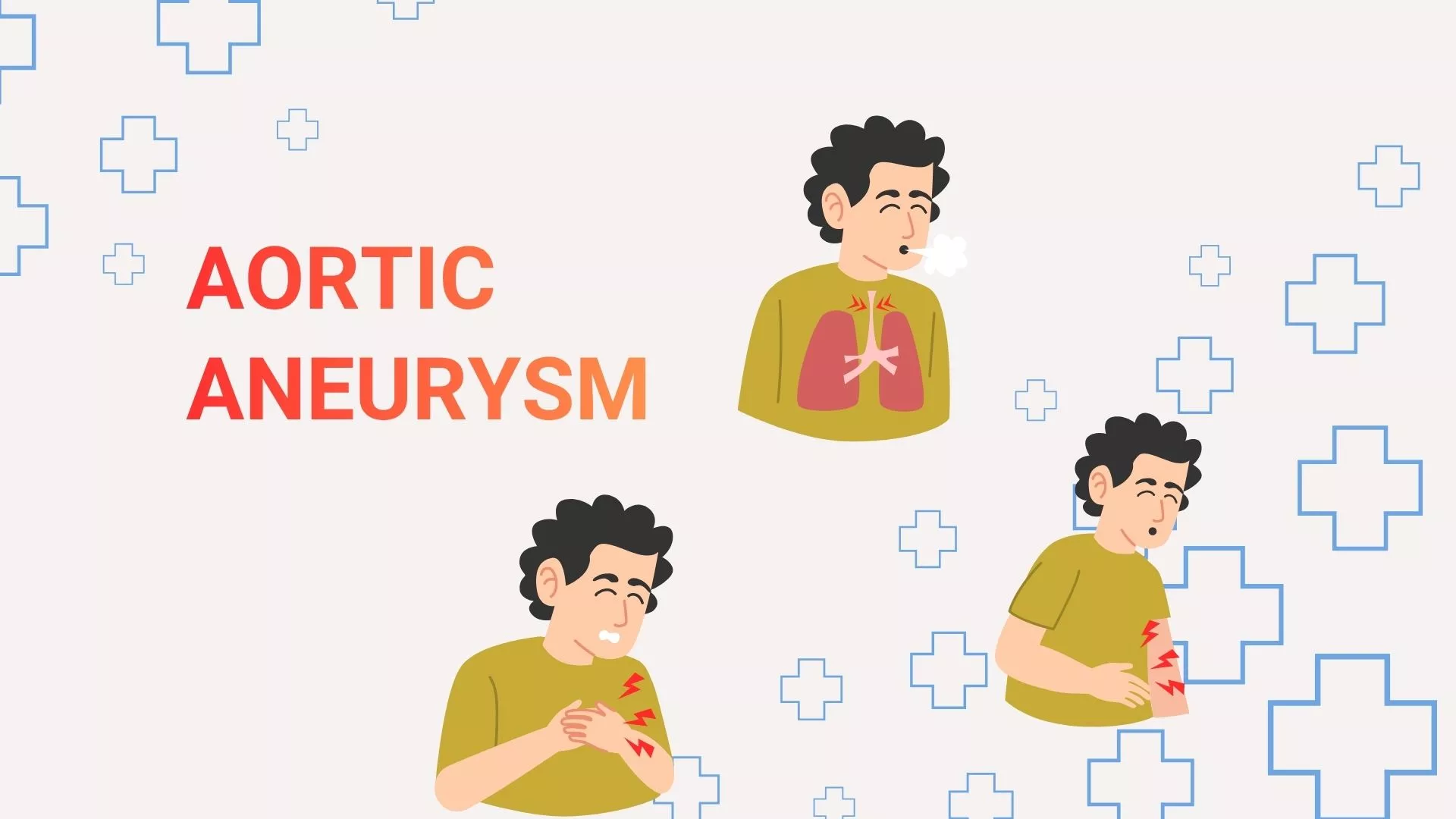Cervical cancer is one of the most preventable and treatable types of cancer if detected early. Despite advancements in screening and vaccination, cervical cancer remains a significant health concern for women worldwide. Recognizing the early signs is critical in ensuring timely medical intervention. Here’s an in-depth look at the early warning signs of cervical cancer and why they should never be ignored.
What is Cervical Cancer?
The cells of the cervix, the lowest portion of the uterus that joins the vagina, are where cervical cancer begins to grow. It is primarily caused by the persistent infection of high-risk types of human papillomavirus (HPV). Regular screening through Pap smears and HPV testing can detect precancerous changes early, enabling effective treatment and prevention.
If you or a loved one are at risk, consulting an experienced oncologist in Kochi Kerala ensures timely diagnosis and the best treatment options.
Early Signs and Symptoms of Cervical Cancer
In its early stages, cervical cancer often doesn’t present noticeable symptoms, making regular screening vital. However, as the disease progresses, some warning signs may appear:
Unusual Vaginal Bleeding
Bleeding between menstrual periods.
Postmenopausal bleeding.
Bleeding after sexual intercourse, douching, or a pelvic exam.
Any unexpected bleeding should be discussed with a healthcare provider, as it could indicate cervical or other gynecological issues.
Abnormal Vaginal Discharge
Persistent or foul-smelling discharge.
Discharge that is watery, thick, or contains blood.
Changes in vaginal discharge could be a sign of infection or cancer and should be evaluated.
Pain During Intercourse
Pain or discomfort during sexual activity may suggest abnormalities in the cervical region, potentially due to cervical cancer.Pelvic or Lower Back Pain
Persistent pain in the pelvic region or lower back might indicate advanced cervical cancer that has spread to nearby tissues.Changes in Menstrual Cycle
Sudden and unexplained changes in the menstrual cycle, such as heavier or longer periods, could be a warning sign.Unexplained Weight Loss and Fatigue
Unintended weight loss and persistent fatigue can sometimes indicate cancer in the later stages.
Risk Factors for Cervical Cancer
Understanding the risk factors can help women take preventive measures:
Persistent HPV infection.
Smoking.
Multiple sexual partners or early sexual activity.
Weak immune system.
Long-term use of oral contraceptives.
Lack of regular Pap smear tests.
Prevention and Early Detection
Regular Screening
Pap Smear Test: Detects precancerous changes in cervical cells.
HPV Test: Identifies high-risk HPV strains.
HPV Vaccination
The HPV vaccine effectively prevents infections caused by high-risk HPV strains linked to cervical cancer.Practice Safe Sex
The risk of HPV infection can be decreased by using condoms and reducing the number of sexual partners.Avoid Smoking
Smoking impairs immunological function, which makes it more difficult to prevent HPV infections.
For comprehensive care, choosing a reputed cancer hospital in Kochi Kerala or a specialized oncology hospital in Kochi Kerala can make a significant difference in both prevention and treatment outcomes.
Conclusion
Cervical cancer is highly preventable and treatable when identified early. Educating women about the early signs and symptoms, along with regular screening and vaccination, is essential in the fight against this disease. By being proactive and attentive to their health, women can significantly reduce their risk of cervical cancer and lead healthier lives.






